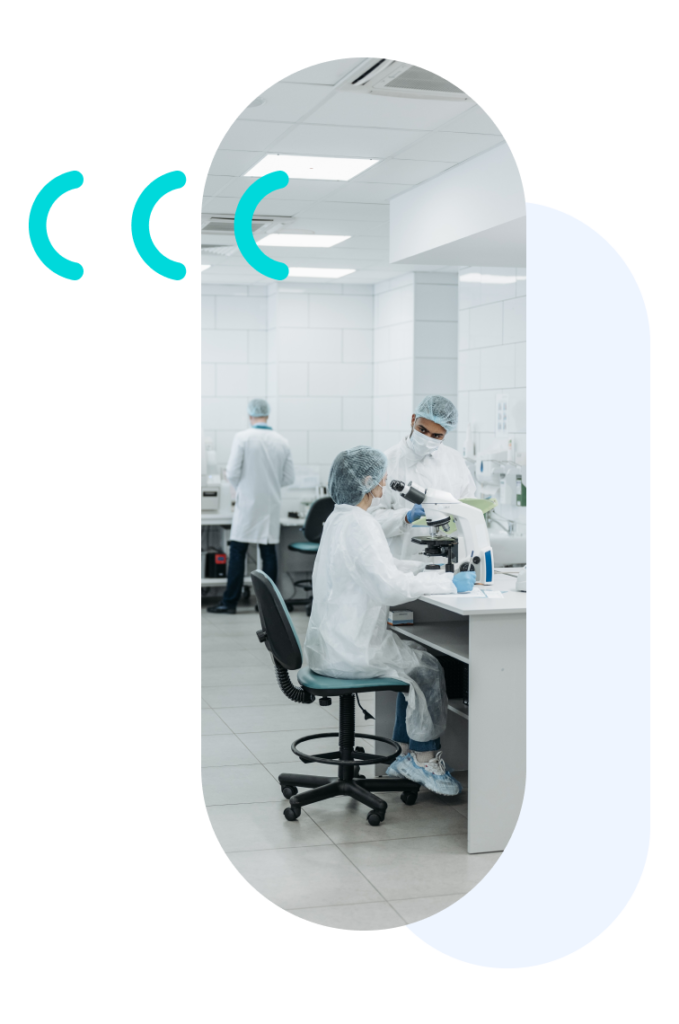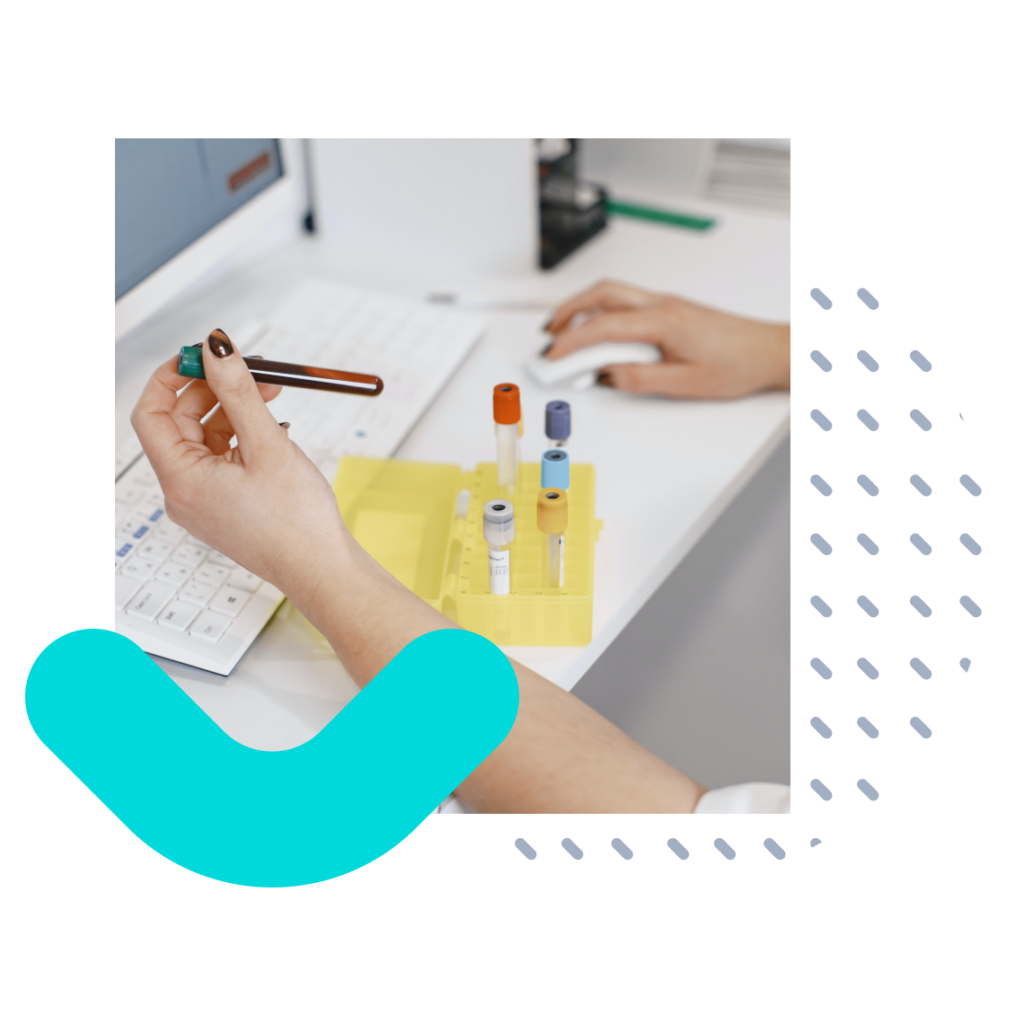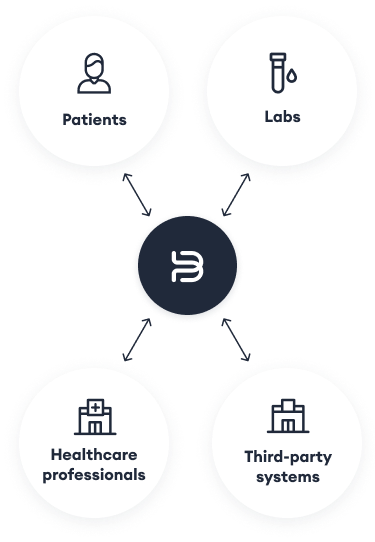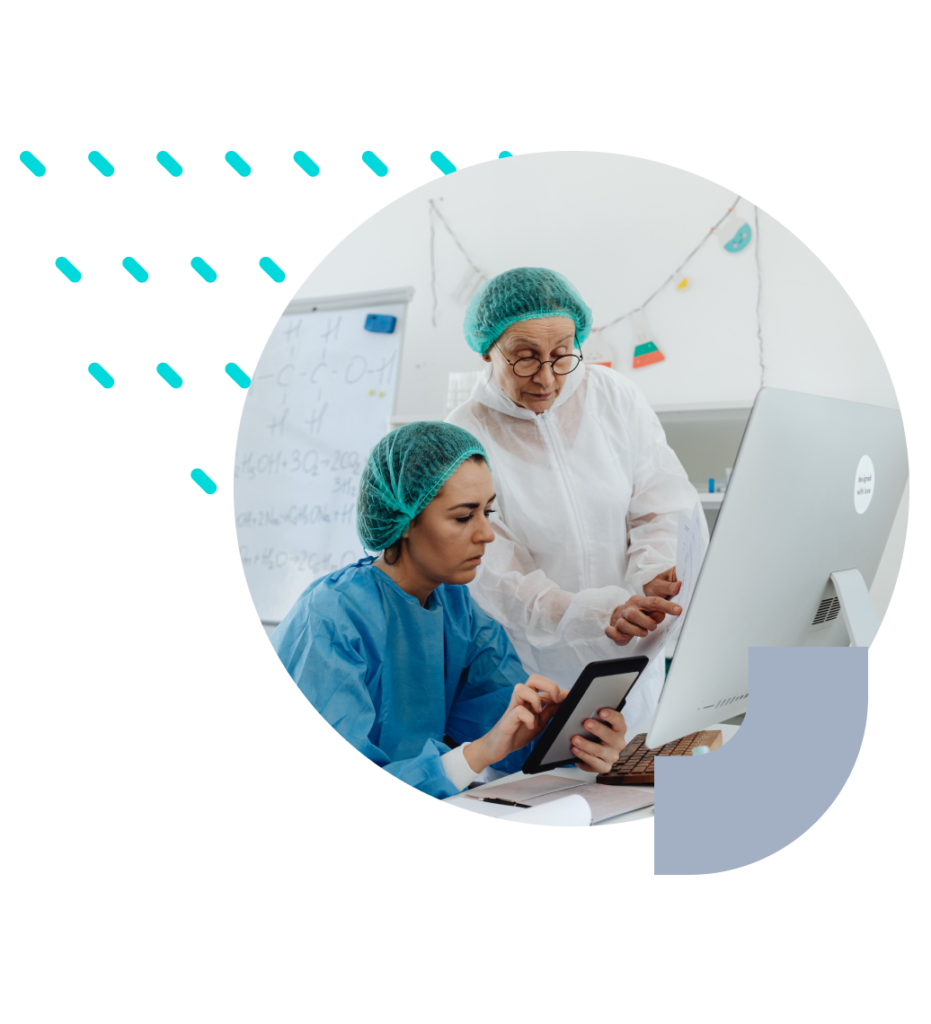In summary
The Lab 4.0 represents a revolution of the conventional laboratory based on digitalization. To seamlessly connect workflows, facilitate communication, manage data in a secure and organized manner, and automate work steps, all laboratory equipment is digitally connected.
The use of central laboratory software enables the clear and structured storage and management of data as well as the control of laboratory equipment. Working time that was previously spent on manual tasks is saved and the workflow is much more pleasant and targeted.
The transformation of the conventional laboratory into a Laboratory 4.0 can be successfully achieved by networking all laboratory devices and systems – centrally the LIMS.
To the Lab 4.0 with Probatix
We at Probatix are geared towards bringing your laboratory to the next level and enriching it with our software in the long term. You can easily connect Probatix to existing systems – easily and flexibly. As the front end of your laboratory, Probatix supports and facilitates your everyday work in all areas and turns you into a laboratory 4.0!
Any questions?
Do you have any questions? Then simply contact us via our contact form.
We are looking forward to meeting you!



